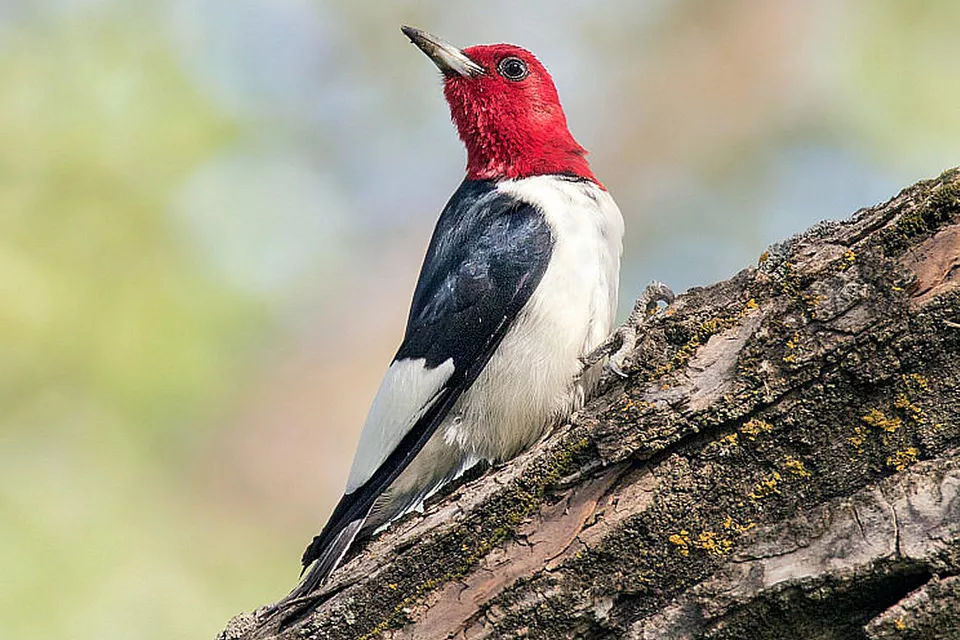
Drumming is one of the most distinctive woodpecker sounds, and birders can easily learn to recognize the patterns and rhythms of woodpecker drumming to help identify woodpeckers. Understanding why woodpeckers drum can help birders expand their appreciation of these useful bird sounds and the birds that make them.
What Is Drumming?
Drumming, which is also called tattooing, tapping, and rapping, is a woodpecker's act of rapidly pecking on a resonant object to create a pattern of sound. Depending on the habitat, woodpeckers may choose both natural and artificial objects to drum on.
Why Do Woodpeckers Drum?
Unlike other songbirds, woodpeckers do not have a sistinctive song as part of their avian vocabulary. Instead, drumming is the way these birds communicate, and woodpeckers will drum for two main reasons:Attracting a mateAdvertising a territoryIn addition to these primary reasons, drumming can also be more localized communication. Mated woodpeckers may use drumming to let one another know about a food source or to summon help at the nest. A woodpecker may also drum to raise an alarm about a predator lurking nearby.When a woodpecker drums on a resonant object, the resulting sound can be heard for great distances by other birds. Other woodpeckers will recognize the sound by its pattern and tempo, and birds of the same species can be attracted to potential mates through drumming. At the same time, drumming alerts competitors that the nearby territory is claimed and can be defended by a strong, vibrant bird that can produce good drumming. The quality of the drumming, including its volume and number of repetitions, all help advertise the health, strength, and dominance of the bird making these woodpecker sounds.Just like bird songs, drumming is most common in late winter and early spring when birds are trying to attract mates and establish territories. Woodpeckers frequently drum in the morning, though some drumming may be heard at any time of day. Both male and female birds have been known to drum.